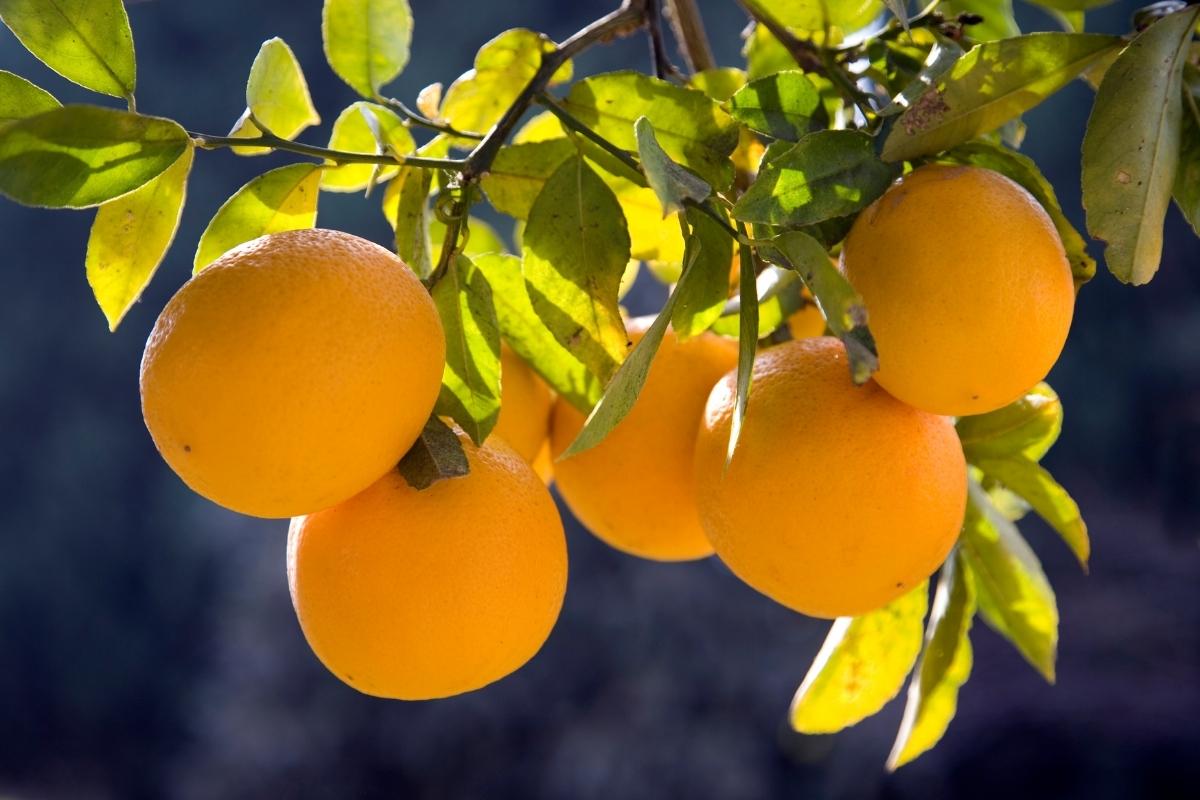Your Guide to Growing Tomatillos in the PNW
Learn About Growing & Harvesting Tomatillos with Maria Bertucci

|
Tomatillos:
Tomatillos are great plant to grow if you like plants that are easy, disease resistant and very productive. There are three kinds generally available, green, purple and a little yellow one called a pineapple tomatillo. The pineapple tomatillo is very sweet and small, tastes great fresh and if dried whole makes an extremely delicious little raisin sized snack. I think they taste even better dried than fresh and use them as I would raisins in baking.
Sometimes called a husk tomato, tomatillos come packaged in a papery husk that protects the fruit and helps you determine when they are ripe.
Traditionally these fruits are the main ingredient in salsa verde and green enchilada sauce as they hail from Mexico and have been a staple there for centuries.
Culture:
I start my tomatillo seed at the same time as my tomatoes and grow them together in the garden even though tomatillos are tougher and more drought tolerant than tomatoes. They don’t need a lot of food to grow well and they are unfussy about soil.
Their growth habit is between a pepper and a tomato, gangly and floppy but with a sturdy center. They are best grown on a stake or cage support like a determinate tomato and will start producing fruits in about 60 days.
The fruit are ripe when the husk is still green but starting to reveal the sticky fruit inside. Once the husk is turning brown and the fruit is yellowing, it’s overripe. Still good for eating but very prone to cracking and falling off of your plant before you have a chance to eat it.
For the pineapple tomatillo, it's ready when the husk turns papery and the fruit is yellow. These plants drop fruit like crazy and self-seed as well. I don’t mind this in my garden as I know I will have tomatillos every year without effort and I can just weed out or share the plants I don’t need.
The fruit should be husked and rinsed before you prepare it as it is covered in a sticky sap under the outer husk.
Cooking with Tomatillos:
My favorite way to enjoy green tomatillos is roasted the same way I do my tomatoes. Halve your tomatillos, slice up a few white onions and peel a head of garlic. Toss these together with salt and coconut oil, spread on a rimmed baking sheet and roast at 425 degrees until they are browning and dehydrated. You can puree this mixture for a great salsa verde or soup base or for packing into the freezer or you can eat them whole with rice and beans.





